25% Off - use code: HOLIDAYS
Dr. William Li's Eat To Beat Disease Course - 5 Health Defenses and 5 Health Surprises - Part 1 of 4
Did you know that your body can fight off diseases if you eat the right foods? Learn about the 5x5x5 framework and how you can feed your five defenses correctly. Join Corinna Bellizzi as she reviews Dr. William Li's bestselling book and course of the same name: Eat to Beat Disease: The New Science of How Your Body Can Heal Itself. Discover how your body heals itself with stem cells. Learn the best foods to eat while still having some cheat foods.
This podcast episode marks the launch of a four-week series reflecting on Dr. William Li’s New York Times bestseller, Eat To Beat Disease: The New Science of How Your Body Can Heal Itself and his online course of the same name. This series springboards from our interview with Dr. Li, which was episode #3.
Relevant Past Episode: Interview with Dr. Li: Eat To Beat Disease: How Your Body Can Heal Itself With The Right Nutrition
Sign up for his masterclass: https://drwilliamli.com/masterclass/
Sign up for the paid course: http://eat-to-beat-disease.
About Dr. William Li:
William W. Li, MD, is an internationally renowned physician, scientist, and author of the New York Times bestseller “Eat to Beat Disease: The New Science of How Your Body Can Heal Itself.” His groundbreaking work has led to the development of more than 30 new medical treatments and impacts care for more than 70 diseases including cancer, diabetes, blindness, heart disease, and obesity. His TED Talk, “Can We Eat to Starve Cancer?” has garnered more than 11 million views. Dr. Li has appeared on Good Morning America, CNN, CNBC, and the Dr. Oz Show, and he has been featured in USA Today, Time Magazine, The Atlantic, and O Magazine. He is president and medical director of the Angiogenesis Foundation and is leading research into COVID-19.
---
Dr. William Li's Eat To Beat Disease Course - 5 Health Defenses and 5 Surprises - Part 1 of 4

This podcast episode marks the launch of a four-week series reflecting on Dr. William Li’s New York Times bestseller, Eat To Beat Disease: The New Science of How Your Body Can Heal Itself and his online course of the same name. This series springboards from our interview with Dr. Li, which was episode #3. During that interview, Tia Walden and Corinna Bellizzi each had a few mind-blown moments, and we knew that our journey of discovery with Dr. Li was just beginning. We learned that Dr. Li hosts free masterclasses each few months on the topics covered in his book -- to help people continue on their health journeys -- to fall in love with the food that’s great for them, and that can help them live their longest, fullest lives.
It's on the heels of reading Dr. Li’s book, interviewing him, and reviewing a ton of his content online that I made the decision to take the leap and ingrain this learning even further by joining his online course. So… over the course of the next 4 weeks, I’ll share the surprises and insights that I’m taking away from this course, and I’ll provide links to relevant discussion points with the show notes for each episode.
If you are new to this show, and haven’t heard Dr. Li’s guest appearance on Nutrition Without Compromise, I encourage you to go back to episode 3, give that show a listen, and come right back here to this series.
Throughout this 4 week course, Dr. Li covers the five groundbreaking health defense systems of the body that he identified in Eat To Beat Disease. He talks about the foods that activate your health defense systems, sharing research from studies -- on human populations. This is important because while animal studies might be great for identifying toxic substances, and LD-50 levels – that’s the dosage at which 50% of mice die in laboratory experiments – it isn’t best for identifying how your body, a human body, will respond to dietary choices and physical activities and habits.
So… Let’s get into week 1! – part 1 of this 4 podcast series on Dr. William Li’s Eat To Beat Disease Course.

Week one serves as an introduction to much of the content of Dr. Li’s book. While it’s not necessary to have and read his book to benefit from the class, I encourage you to pick up a copy and give it a read. Since it is a New York Times Bestseller, your library may have a few copies on hand, even in audiobook format. I encourage you to check, and even consider buying a copy of his book.
In module 1, we receive course workbook. It clocks in at 36 pages of supplementary content and it invites us to think about our health journeys, our risk factors, and we get to know Dr. Li. As you page through this resource, you are asked to fill in a few blanks. What are your risk factors? What environmental and occupational hazards do you encounter? What detrimental lifestyle habits do you have? Perhaps you drink too much, eat too many processed foods. Or maybe, like me, you spent your teens and twenties smoking cigarettes.
The 5 Health Defenses
As with any well thought out course, this first week provides you with the foundation for the entire class. We are introduced to the Five Health Defenses, and we learn why each is critically important to our long-term health. By the end of this week, we understand one highly technical word really well.
#1:Angiogenesis: It’s the first of the 5 health defenses. Simply put, angiogenesis is the process our bodies use to grow new blood vessels. It is the first of the five health defenses, and like most things with regard to health, things go awry when there is either too much of it, or too little. Balance is the key to almost everything as it relates to health. To stimulate healthy angiogenesis, consuming the peels of summer fruits can be immensely supportive. He specifically calls out dried apricots, because you can consume more of them easily, and dark chocolate.
#2: Regeneration -- and in this case, we aren’t talking about regeneration in the sense of regenerative agriculture or regenerative businesses. We’re talking about regeneration from a stem-cell perspective. We all know that some lizards that lose their tails can regrow them – and while we may not be able to regrow a limb, our bodies are regenerating from the inside out every single day – through the magic of stem cells. Again here – some are good, and some are bad. Bad stem cells can create cancerous tumors that come back even when they’ve been eradicated. Good stem cells keep you vital, healthy, and strong. And with this section, both from the book and the course came my first “surprise”. Many foods can stimulate the body’s stem cells. So, while the age-old adage “you are what you eat” isn’t exactly accurate, it can be indicative of how healthy a stem cell system you’re operating. The liver is a great example of what our bodies are capable of, because the liver can regenerate to full capacity from only 1/3 of its original size. So if you had to remove 2/3 of your liver, the other 1/3 could regrow to its full size, so long as that 1/3 of your remaining liver is healthy. Foods that are high in vitamin C and other antioxidants are great to support regeneration of the liver because they reduce inflammation.
#3: Microbiome health:
As we head into the topic of our microbiome health, we confront the reality that our bodies are made of more foreign matter than our own with 39 trillion bacteria that inhabit our bodies – mostly in our guts but also in our skin. The food we eat affects our microbiome and our microbiome’s health affects how well we absorb the nutrients from our food. We eat the right foods, and our microbiome thrives. We eat too many processed foods and junk food, and it suffers. You may have heard of candida flare ups, otherwise known as yeast infections. If you shop at health food stores, you may even have seen products on the shelf that purport to help you get your candida, under control. One great way to do this is to stop consuming excess sugar. Up your consumption of healthy bacteria containing foods and fermented foods and you’ll be less likely to have a gut microbiome that’s completely out of whack. Really, you can attack these problems, these potential states of dis-ease by simply eating a more varied diet, rich in plants, with minimal exposure to additive sugars and highly processed food-like substances.
#4: DNA Protection:

Our DNA is hardwired to protect our cells against the environment. We are exposed to Ultraviolet rays that can damage our DNA and cause skin cancer. This hits a little too near and dear to my experience, as I lost my maternal grandmother at the age of 63 to melanoma. I even have a few spots, known as actinic keratosis. They are considered pre-cancerous. Fortunately, eating the right foods and controlling exposure to UV light can really help us. In a similar way air pollution affects our DNA. This could be as simple as the fumes you inhale while pumping gas. So, stand downwind to avoid these ravaging effects. Our DNA can actually repair damage, and as Dr. Li shares pave it over, like fixing a pot hole. And if you’ve ever heard of Telomeres, these are like caps on the end of our DNA strands that protect our DNA. We can reduce their slow erosion, and we’ll learn more about them throughout this course.
#5: The Immune System:
Its entire purpose is to defend us from enemies on the outside, like bacteria and viruses, but also against internal enemies like cancer. He invites us to think of them as super soldiers that each have their own weapons and specialties to guard and protect our health. They are even coordinated, like an army. The body has redundant ways of protecting our bodies and it remembers the old invaders so can combat them with greater ease the next time it encounters them.
So – now you have the foundation for this course. The 5 systems that support your health and longevity. As we continue in our work, reading his book and reviewing the video courses, we will gain a deeper understanding of each of these 5 systems, and have more examples of the protective foods that support our health and improve our 5 defenses.
But before we close this week’s coverage, I’m going to share with you some of the surprises that came out of this week’s content. Much of this was actually from his weekly office hours, hosted exclusively for those that are taking the course – because he takes specific community questions and answers them as specifically as possible. He reminds us that none of this is actually to treat, diagnose, or cure anyone, because he cannot make specific recommendations to any one person who isn’t in treatment with him. All of us are different – but – there are also some generalities we can all learn from. Ok. Here goes!
Surprise #1: Microwaves – the good, the bad, and the super ugly.

- Temperatures in microwaved food are hotter than temperatures we normally see on earth
- Advanced glycation end-products (AGE) are made when we microwave carbohydrates. This means they are essentially made into plastics. While they are still edible your body can’t really process them.
- Liquids can be microwaved without issue, but foods with proteins and carbohydrates? Not so much.
- Opening your microwave before it’s done running and the fan is off – is a big no-no. You’re getting a blast of microwaves in the face when you do this. I am guilty of this myself.
- Li uses his microwave for storage. I picture cookbooks and spices sitting within it.
Surprise #2: Viagra may be helpful for something far beyond erectile dysfunction.
People who were taking Viagra had a 70% decreased risk of developing Alzheimer’s. We don’t know exactly why – but the answer might relate to blood flow. Getting better blood flow in every part of your body, including your brain, may be one key to why this works. Nitric Oxide production may be another reason that Viagra works this way. Nitric Oxide stimulates stem cells, regenerating organs. So how do we naturally – meaning with food – increase our Nitric Oxide levels? One way is through consuming things like beet juice which is high in nitrogen and increases your nitric oxide levels. But you have to chew up those beets really well, or you can just drink beet juice.
Surprise #3: Food impacts your stress levels.
While stress increases cortisol levels, and can be deleterious to your health, food has an impact on your how that stress really affects you. Foods to avoid include alcohol, junk food, ultra-processed foods, and fatty foods. Instead, choose tree nuts, plant-based foods, dark chocolate, teas like chamomile and hibiscus… These things will actually support your body’s natural ability to combat stress.
Surprise #4: Coffee is good for you.
Coffee is rich in chlorogenic acid. It activates your immune system, your stem cells, and is DNA protective. But you shouldn’t mix milk with your coffee… because it will inhibit absorption of the chlorogenic acid. Nut milks are just fine.
Surprise #5: Many of the fats used to fry foods are actually fried with saturated fat.
We’ve all known that fried food is bad for us, but did you know that when you dine out – and you get fried food, it’s most often fried in – not liquid fats – like the essential fatty acid omega-6 is high in plant oils like corn or canola oil – but saturated fats or even partially or fully hydrogenated fats – otherwise known as trans fats. Saturated fats are solid at room temperature, making them a less fluid substance within our bodies – so it makes sense that for this reason, fried foods – especially those you aren’t making in your own home -- are doubly bad for our health.

OK, so now I’ll give you a peak behind the curtain of the some of the big fat truths I’ve learned while working for the past 20 years in the omega-3 industry. I’ve gained a deep understanding of what makes consumption of trans fats a very bad thing – and I want to share the basics of that with you now.
You see, our cells will use whatever fats are present in our diet to make our cell walls. Cell walls that are made with rigid fats like saturated fats and trans fats will be less fluid, less flexible, and less able of eliminate waste and absorb nutrients than cells made of healthier, liquid fats like omega-3 and omega-6 essential fatty acids. Trans fats are very bad for us. They are fats that are more similar to plastic than to real food – and in all actuality are only one carbon different than plastic. Here’s an in-home test you can do to see a real-life demonstration of why trans fats should be wholly avoided. Put some margarine out in your garage, or outside. Insects will leave it alone. Put a stick of butter out, and insects, including flies, will come right on over. This is because trans fats aren’t really food. They are created by bubbling hydrogen molecules through a liquid fat that’s under high heat, high pressure, and also while being exposed to other chemicals that can be harmful to your health. Like most highly processed foods, trans fats are NOT GOOD FOR YOU. And, if you consume trans fats, whether they are partially hydrogenated or fully hydrogenated – actually inhibit some of your body’s natural enzymatic processes. They inhibit your body’s natural ability to convert terrestrial plant-based omega-3s like alpha linolenic acid, found in rich supply in flax seeds, into the powerful omega-3s eicosapentaenoic acid (or EPA) and docosahexaenoic acid (or DHA). These powerful omega-3s are required by your body to operate optimally. Half of the fat in your brain is actually made from DHA – so if you consume trans fats, you’re inhibiting your body’s ability to make ALA from plant oils into EPA and DHA.
In this week’s content, Dr. Li has a thing or two to say about Omega-3. He shares that Omega-3s – as dietary supplements or from food -- are hugely protective for your long-term brain and heart health. If you aim to get your omega-3 from food, he counsels us to remember that fish get their omega-3 EPA and DHA from the algae they eat. Bigger fish bioaccumulate it from smaller fish that feed on algae – but they also bioaccumulate toxins that are present in our environment. So taking an algae supplement that supplies a direct source of EPA and DHA without bio-accumulating the toxins you might see in fish – is a great way to make sure you’re getting enough of these important fats. You can also find omega-3s in plant sources like walnuts and flax seeds, but these do not supply a direct source of EPA and DHA. Consuming enough omega-3 can be a major preventative measure to protect your body from developing disease states later in life.
And here I would be remiss if I didn’t mention our sponsor, Orlo Nutrition. With Orlo, we have created the world’s first carbon-negative omega-3. We grow our algae in artificial intelligence optimized conditions at our aquaculture planthouse in Iceland. You could think of it like a highly technological approach to vertical farming. Since we only use green energy to grow our algae, and since we minimally process it, you end up with an end product that contains micronutrients from the algae including Polar Lipids which aid in the absorption of omega-3 in our bodies. This means that Orlo Omega-3 products are actually more bioavailable than fish oils and algae oils in the natural triglyceride form, and even krill oil – which contains one of the polar lipids, phospholipids. Plus, because we aren’t impacting marine ecosystems, and we’re growing in controlled environments 24/7, you don’t have to worry about environmental pollutants or fluctuations in the potency or seasonal availability of our omegas. We even use 99% less water and land resources compared to other nutrition sources including soy cultivation, animal meat cultivation, or even other algae that’s grown in open ponds. And for every one-month supply, we’re saving 1.1kg of CO2 equivalent from the atmosphere and 110 pelagic fish from being killed.
It’s time to step off of my big FAT soap box and summarize the key takeaways from this week:
- The course is a fantastic supplement to the content of Dr. Li’s book
- You will become acquainted with the 5 Health Defenses: Angiogenesis, Regeneration, The Microbiome, DNA Protection, and The Immune System.
- You will encounter surprises that both make a lot of sense and which you wish you had known for years. Personally, I now know I will never microwave pasta again.
Before we close the week, I want to reflect for a moment on how Dr. Li closes this module. He invites us all to fall in love with foods that are documented in scientific research to be great for our health, and explore the delicious bounty and variety of foods that can help each and every one of us eat to beat disease -- while truly enjoying the food we put on our plates. He reminds us that we shouldn’t eat to the point of being full, but 80% full, where our tanks are energized but not spilling over. He invites us to say goodbye to the clean plate brigade and hello to greater health.
Each of our reasons for reading his book may differ. For those of you that are fascinated by the content within this series thus far, or who have been intrigued by all the knowledge Dr. Li shares online via YouTube, TikTok, and Instagram, I encourage you to sign up for his email list, put his next FREE MASTERCLASS, and consider whether taking his 4 week course the next time its offered is right for you.
I’ve spent 20 years working in the natural channel, formulating supplements and reading a ton of research, and I’m finding so much valuable content through this connection to Dr. Li. I really can’t say enough good things.
So, if you made it this far, I want to encourage you to open your mind to discovery, subscribe to this show so you’re sure to be alerted when the next episode in this series drops, and be sure to reach out with any questions you have about what I’ve shared thus far. You can reach me via email by sending a note to hello@orlonutrition.com.
And in the spirit of Dr. Li’s work, I’m going to ask you to raise a single glass of wine, a beer, or a cup of black coffee as I say my parting words. Here's to your health!
Do you want to continue your education journey with Dr. William Li?
Check out our prior episode interview with him here: Eat To Beat Disease: How Your Body Can Heal Itself With The Right Nutrition
And you can participate in Dr. Li's course at a special discounted rate by following this link:
http://eat-to-beat-disease.
If you're not ready to shell out the cash fore his paid course, you can always participate in his masterclass at no cost: https://drwilliamli.com/masterclass/
ABOUT DR. WILLIAM W. LI

Dr. Li has appeared on Good Morning America, CNN, CNBC, and the Dr. Oz Show, and he has been featured in USA Today, Time Magazine, The Atlantic, and O Magazine. He is president and medical director of the Angiogenesis Foundation and is leading research into COVID-19.
William W. Li, MD, is an internationally renowned physician, scientist, and author of the New York Times bestseller “Eat to Beat Disease: The New Science of How Your Body Can Heal Itself.” His groundbreaking work has led to the development of more than 30 new medical treatments and impacts care for more than 70 diseases including cancer, diabetes, blindness, heart disease, and obesity. His TED Talk, “Can We Eat to Starve Cancer?” has garnered more than 11 million views.
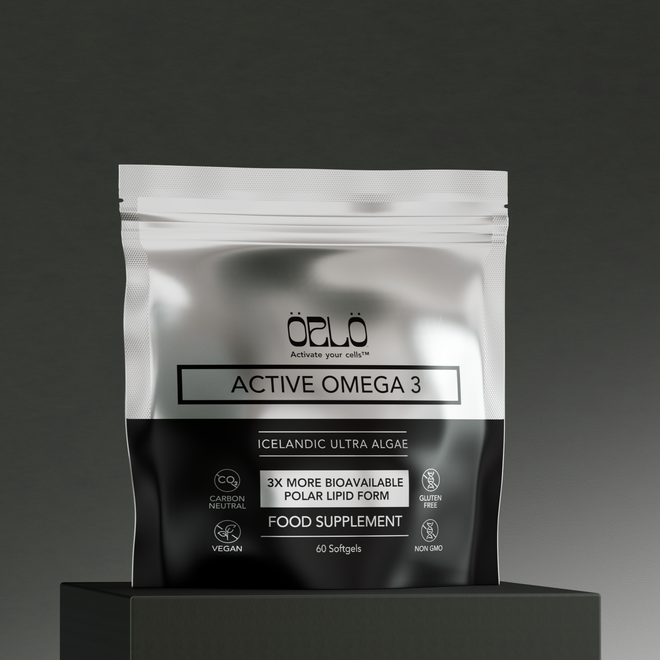
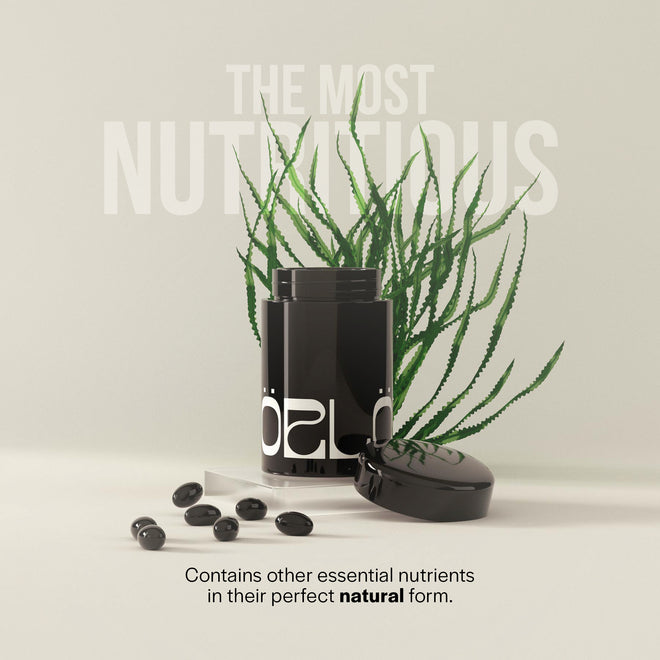

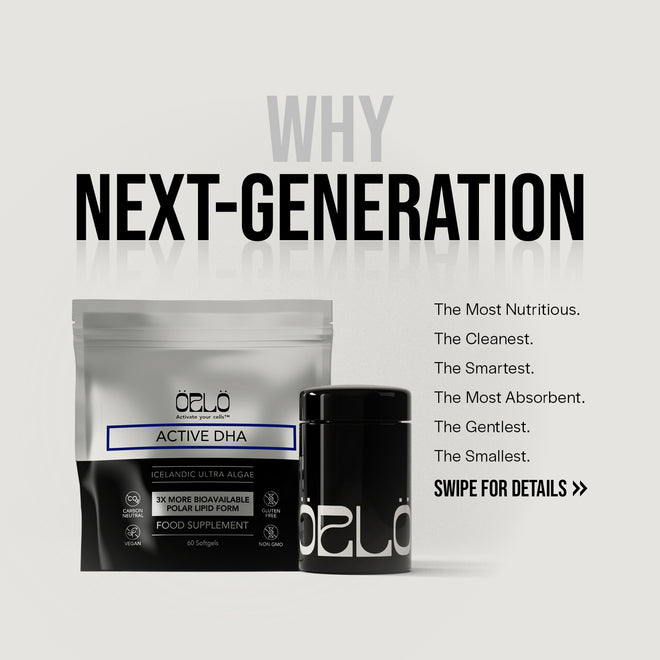
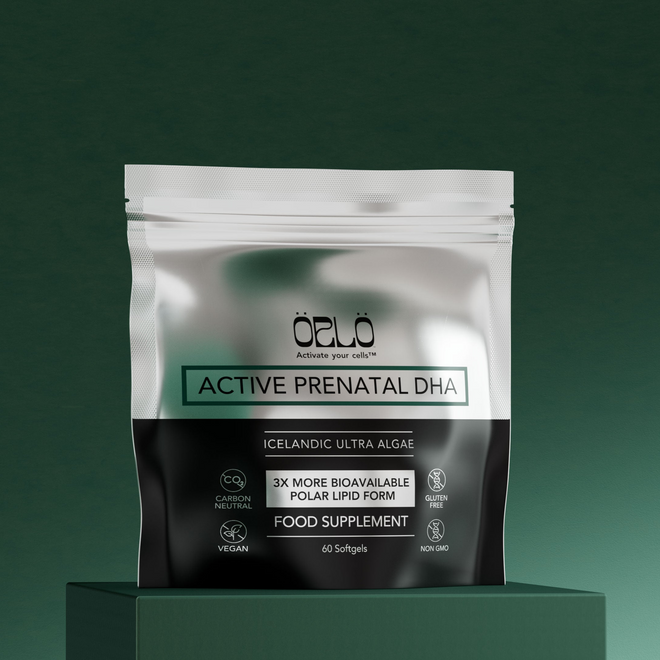
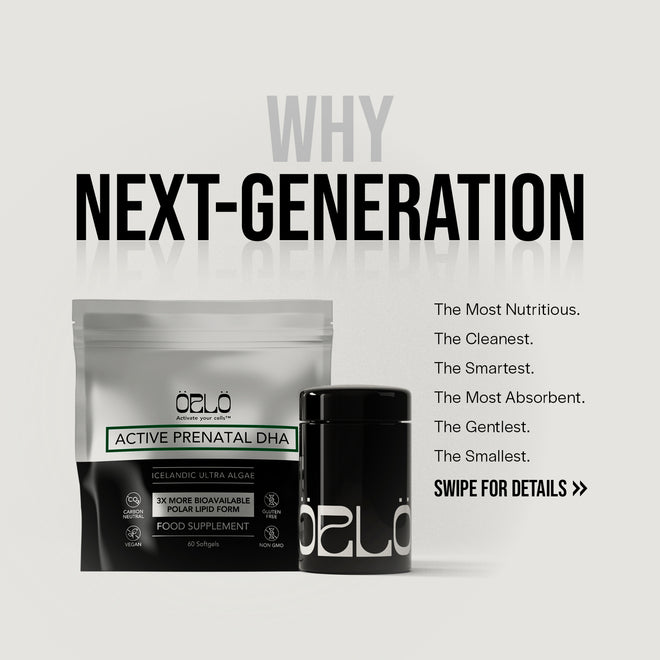
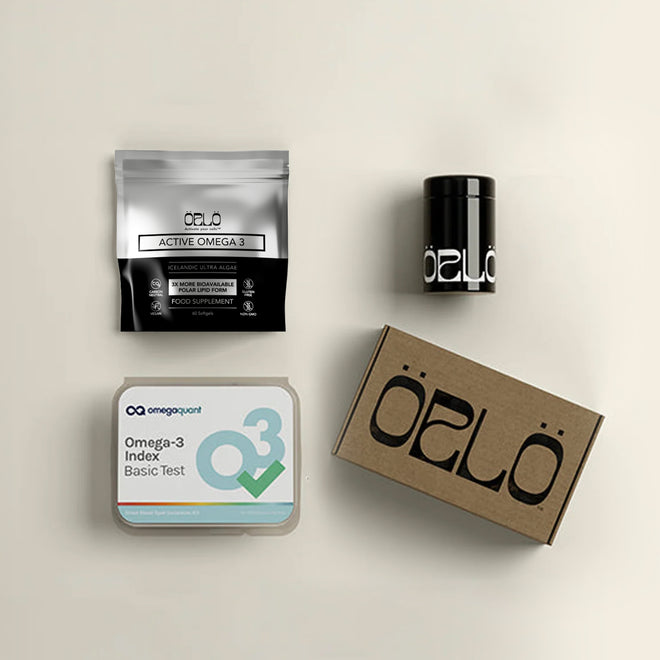
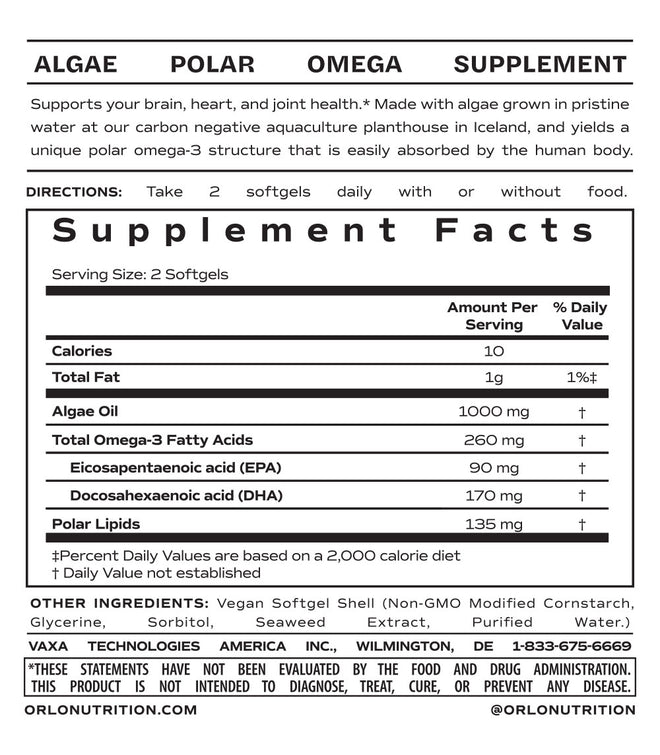
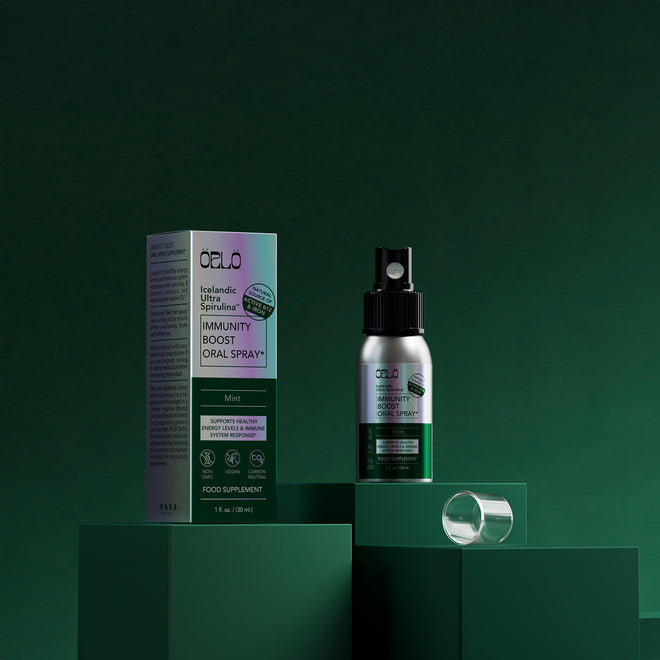
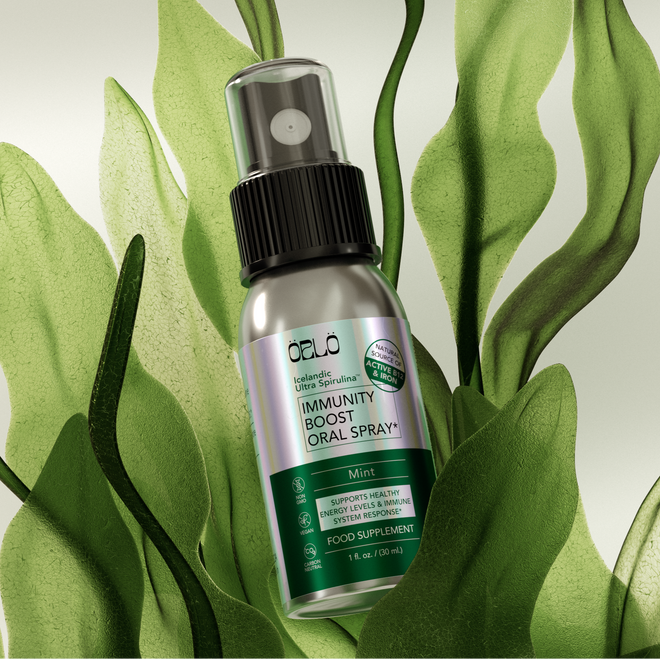
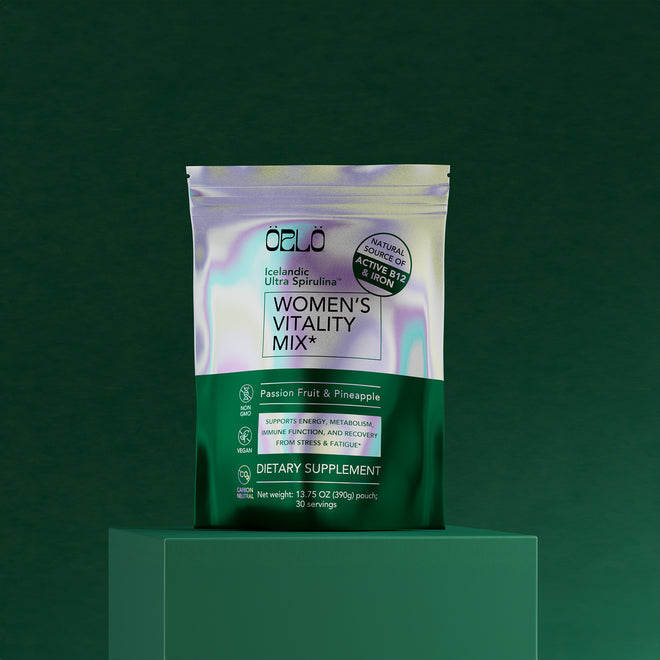
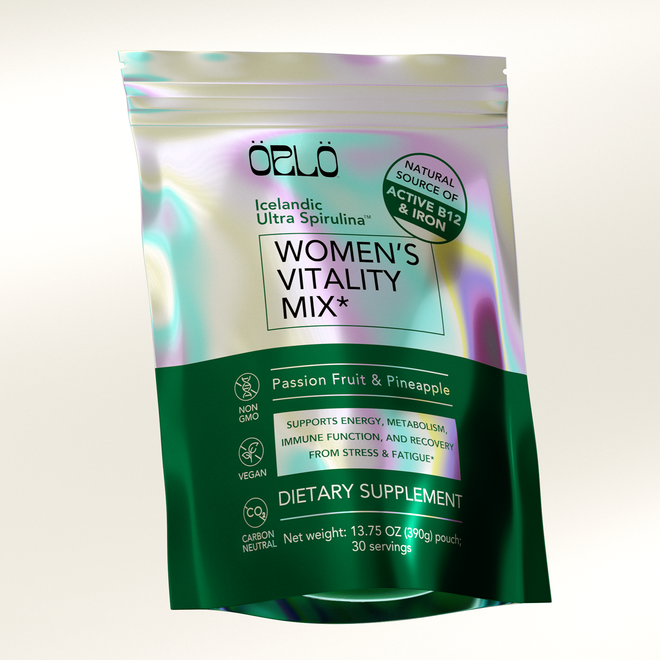
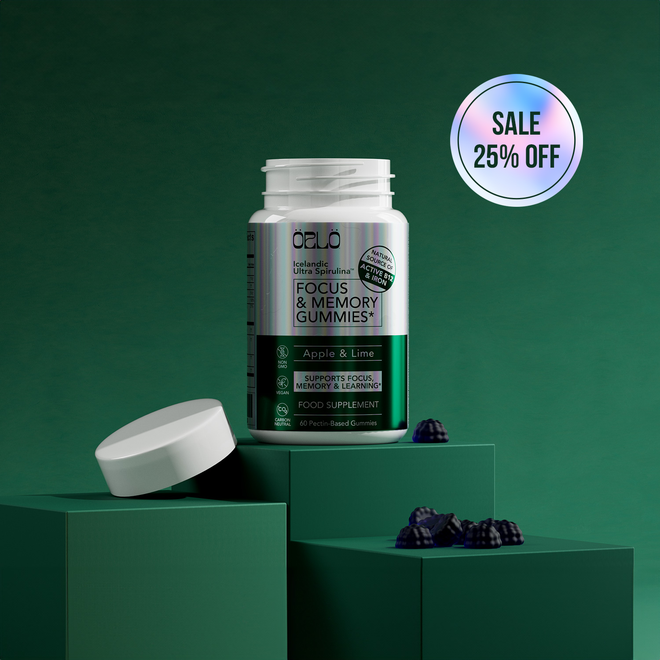
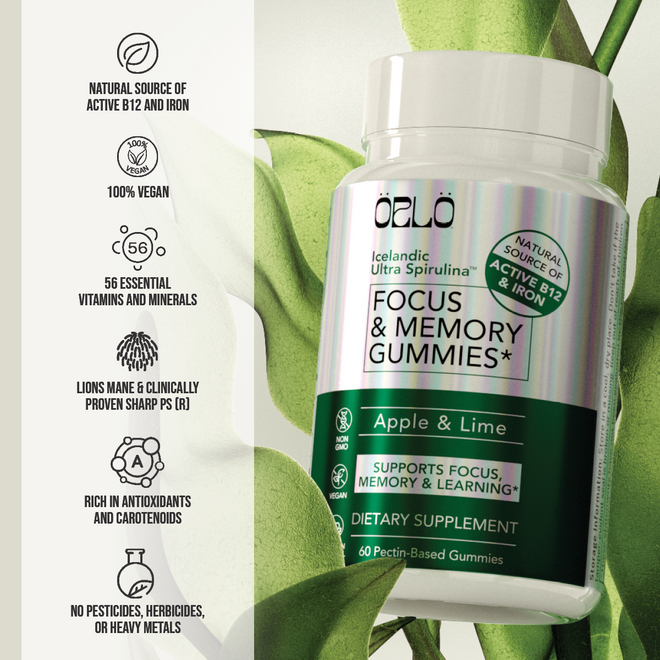

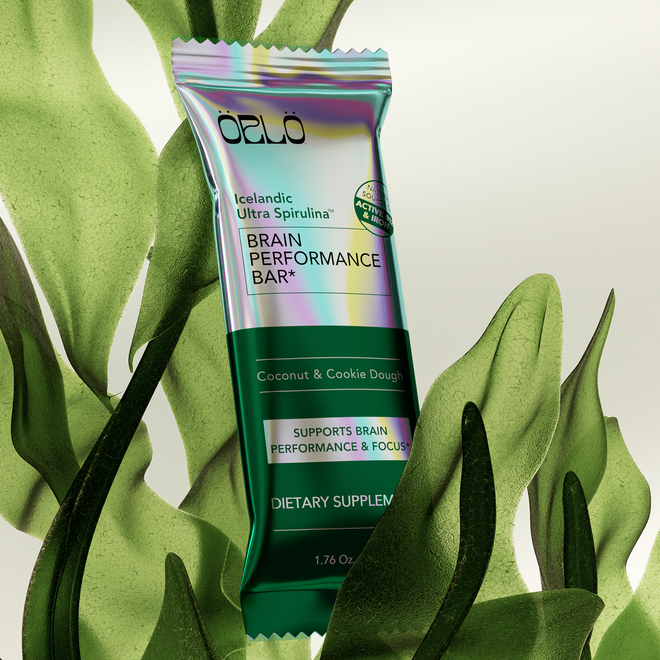
1 comment
Fantastic informative episode. I listened to it twice to garnish all the great content. Love your soothing voice. Mahalo! ♥️